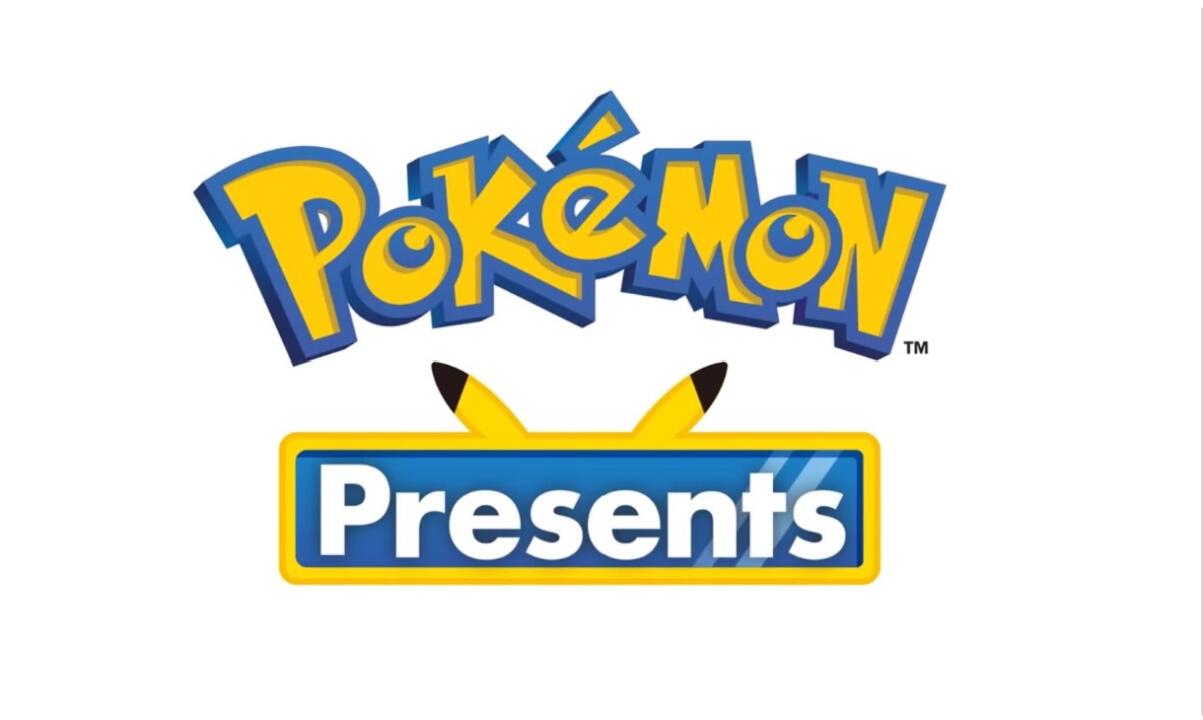This article contains some spoilers from “Avengers: Endgame.”
The highly anticipated “Avengers: Endgame” has finally premiered, giving millions of moviegoers a conclusion to the characters we’ve followed for the past 11 years. Though this chapter of MCU films has come to a conclusion, Endgame masterfully completes the stories of our most beloved characters through modes that take advantage of the storytelling done in the 21 films prior.
“Avengers: Endgame” is the fourth full Avengers team-up movie in the long-running Marvel Cinematic Universe that has spanned 11 years and 22 films. Following the events of last year’s “Avengers: Infinity War,” Thanos was victorious in collecting all six infinity stones and snapped away half of all life in the universe leaving the remaining Avengers to either live with their failures or fight back.
The few Avengers that survived the snap all held major roles in Endgame in defeating Thanos and bringing back the fallen. Most notably, the original six heroes brought together in the first Avengers film in 2012 serve as the core cast of the film. These six heroes (Captain America, Iron Man, Hulk, Thor, Black Widow and Hawkeye) were characters that debuted in the first phase of the MCU (2008-2012) and continued to appear in films since. Moviegoers from hardcore fans to casual viewers have followed the characters’ growth just as we’ve grown ourselves.
Through these remaining heroes, we get the direct aftermath of Thanos’ actions and how the snap affected people in different ways. During Endgame, the Avengers’ first attempt at avenging the fallen leads Thor to lash out and brutally murder Thanos, an action that does not offer a solution to their problems but satisfies Thor’s vendetta against Thanos for the death of Loki and Heimdall.
The film then continues five years later where the remaining Avengers have firmly accepted their defeat and proceed to cope. Dedicated heroes like Black Widow continue to give aid to the world and help people, while others like Thor and Captain America have taken a back seat. Thor copes through alcoholism, letting himself go and trying to forget about his failure to save the universe, a task merely inches away from his grasp. He himself is hesitant to rejoin the effort to avenge the fallen as he was broken by Thanos and scared relive his failures.
Hawkeye, a character absent during the events of Infinity War, has suffered greatly in the snap. His entire family was erased from existence leaving him a broken man. He distances himself from those he knew and takes on a dangerous persona dealing with violence to mask his anger. He is one most willing to do whatever it takes to bring back those lost to Thanos.
Iron Man, a.k.a. Tony Stark, has moved along the most by having a child with Pepper Potts. Tony is moving on whilst living with the guilt of his failures, hesitant to rejoin the Avengers’ attempts to save the fallen when the opportunity presents itself – that opportunity being Ant-Man, a.k.a. Scott Lang, and the newly discovered quantum realm technology that allows for time travel. With this technology, the Avengers set out to acquire infinity stones from specific points in the past to create their own gauntlet and reverse the snap.
The time travel thematically functions to give complete closure to the MCU’s long-running heroes. Returning to events in the characters’ pasts highlights the growth of each character giving homage to the films prior and justifying the long-form storytelling. This is most evident in the conclusions to Iron Man and Captain America.
The MCU was pioneered on the back of Robert Downey Jr’s performance of Iron Man, a lesser-known comic property. Throughout these films, Iron Man maintained a vital presence to all the heroes that followed him. Time travel in Iron Man’s case brought out the common motif of family to Tony. In pursuit of the tesseract, Tony travels and meets a young Howard Stark, his father, who he gets to connect and relate with about their respective children.
Howard died when Tony was just 21, and the death of both him and Tony’s mother was always a sore spot for Tony. Unfortunately for Tony’s family, his heroics in the culminating battle ultimately led to his death. Leaving behind a wife and daughter, Tony’s impact was massive. A final shot panning through the large gathering of heroes and friends shows just how strong Tony’s presence was to the characters on screen, let alone the audience.
The man already out of time, Captain America, a.k.a. Steve Rogers, had the ability to finally live out his life naturally due to the manipulation of time. After the primary mission was completed, Steve was tasked with returning the infinity stones to their respective places in time. But with the technology at hand, he decided to travel to his own time and live out his life naturally. He was finally reunited with his love Peggy Carter and able to have the dance that has been alluded to in several films. Captain America has always sacrificed himself to help others selflessly. His conclusion after years of serving others is well deserved.
Endgame’s plot moves through a packed journey only achievable with the long-form storytelling done before. Through the modes created in the film, we revisit important moments and character dynamics that have been in the back of our minds. As a fan of the franchise, the conclusion to this long story is immensely satisfying. In total, the film of this proportion is an achievement in storytelling. The balancing of 59 returning characters and culmination of 22 films shows the dedication that has ultimately resulted in a grand success.
“Avengers: Endgame” is among the greatest films of the superhero and action-adventure genres. Without sacrificing the fast-paced fight scenes nor epic battles, the film is built upon character moments that were the legwork of the 21 films prior. The characters throughout the series are the heart and soul of the cinematic universe, a tremendous achievement in film history.

